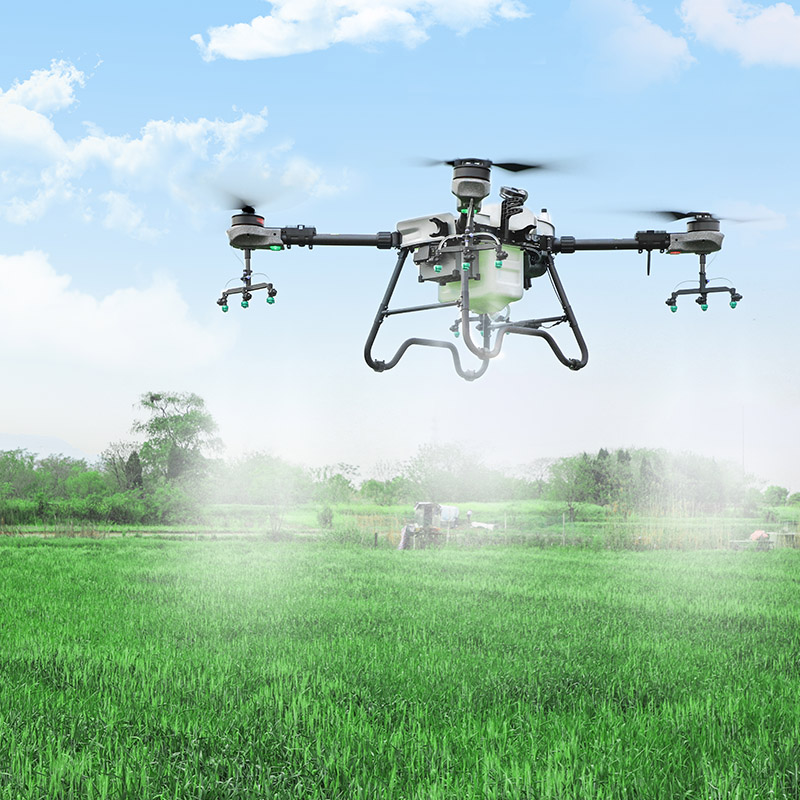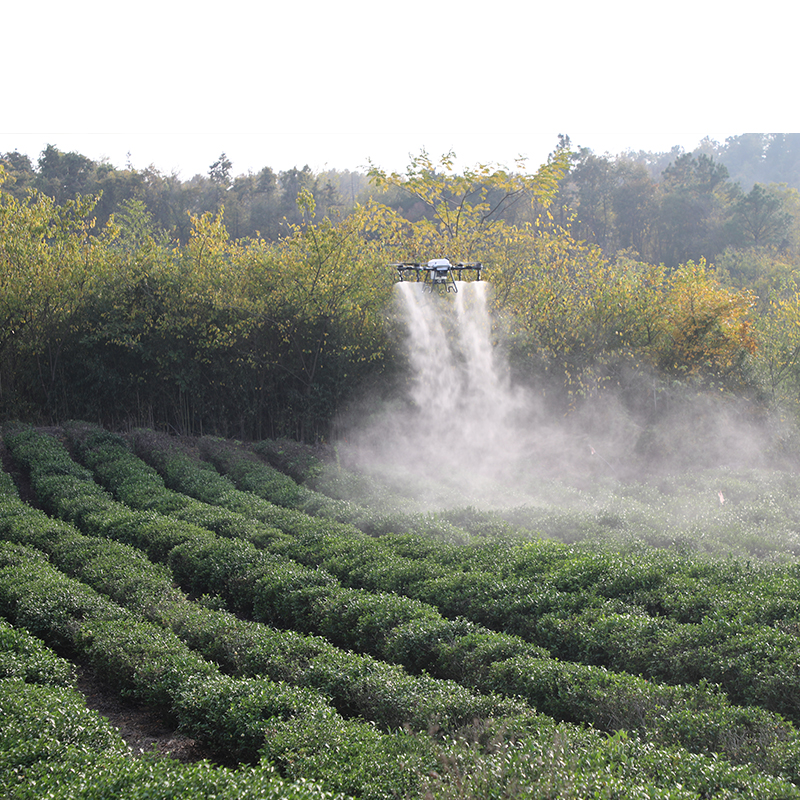As the farming industry becomes more competitive and technology continues to advance, the use of agricultural drones, also known as farming drones, has become increasingly popular. These innovative devices offer farmers an efficient and precise way to maximize crop production. Agricultural drones can help farmers better understand their fields, make improvements, and increase efficiency.
In today's world, traditional farming machinery may have difficulty accessing certain areas, such as mountains, rivers, or remote locations. Additionally, large farm sizes or a shortage of labor can reduce agricultural productivity. The use of agricultural drones can significantly improve the efficiency of these situations.
The most common use of agricultural drones is for planting and fertilizing, but they are also used for pest control, rainfall prediction, and mapping soil quality. These drones typically use stable flight control systems with equipment such as high-resolution cameras, multispectral cameras, infrared cameras, GPS, laser radar, and sensors.
These devices capture a vast amount of data, including soil quality, crop growth, pest infestations, and spectral data. With this information, the farmer can better understand the situation in the fields, adjust planting schedules, spray fertilizers or pesticides, and take appropriate action to improve yield and productivity. Apart from planting and fertilizing, agricultural drones can also be used for harvesting crops, tree picking, and seed sowing. Additionally, drones can monitor soil quality, water quality, and rainfall data, providing accurate information and data support during natural disasters.
Although the cost of agricultural drones is comparatively high, farmers can still benefit from a long-term investment. By using agricultural drones, productivity and accuracy can be improved, labor and machinery costs can be reduced, and crop quality and yield can be increased. In conclusion, agricultural drones are a promising and potent technology for the farming industry. The use of drones can improve production efficiency and accuracy while also better protecting the environment and natural resources. As technology continues to evolve, drones will become more versatile and their applications in agriculture will expand. Agricultural drones are bound to become an essential tool for farmers in the future.
Post time: May-20-2023




